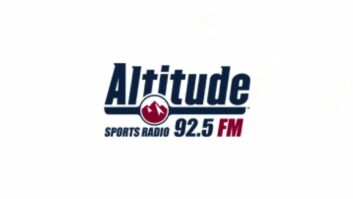During the Dutch Guild of Multi-Media Engineers meeting in November, Tom Visser, of the Ministerie van Economische Zaken (Dutch Ministry of Economic Affairs), announced that in 2015 the government would decide whether or not to shut down FM frequencies and switch completely to digital.

Dutch public broadcasters began moving toward DAB digital audio broadcasting in 2004, but the country’s commercial radio stations only began broadcasting via DAB+ last September.
Even so, in 2014, both public and private stations are teaming up to organize a massive TV and radio ad campaign to promote DAB+ digital receivers to consumers. While uptake has been slow, insiders estimate that in just five years 50 percent of Dutch households will own a DAB+ receiver. Broadcasters are counting on the ad campaign to facilitate this process.
According to the Ministerie van Economische Zaken, a minimal 50 percent market penetration of DAB+ receivers is needed in order to set an official date for FM shut off. But as Visser pointed out during his speech to the Dutch Guild of Multi-Media Engineers, questions still abound regarding local radio stations and digital, since many don’t have the resources their public and private counterparts have.
A first analysis of consumer DAB+ receiver penetration is set for 2016, one year before existing FM licenses are due to expire, and one year later than Visser announced. If receiver uptake exceeds 50 percent by 2016, the government will decide on a FM shut off date no later than the expiration of the FM licenses in 2017. If the 50 percent target is not achieved, the government plans to organize a new FM frequency plan, maintaining FM broadcasts beyond 2023.
The Dutch government’s modus operandi is different from those in countries such as Norway, Denmark and the United Kingdom where the extinction of FM is determined not by the number of DAB+ sets sold but rather by the number of analog radio listeners.












